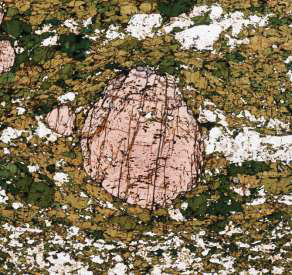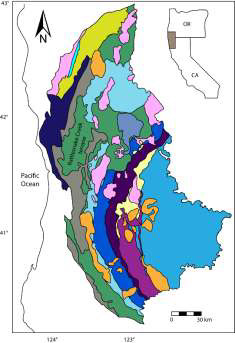Arizona Geological Society
2023 Speaker Series
Tuesday, 4 April 2023 | 5:30 - 8:00 PM
Location: Hexagon Mining Division Office
40 East Congress Street, Suite 150, Tucson, Arizona 85701
Parking: On the street or parking garage (Old Pueblo Parking)
Social Hour with Sandwiches from Beyond Bread (5:30-6:30 PM) Presentation (6:35 PM)
For those unable to attend, the remote broadcast begins at 6:35 PM. No registration or fee to attend remotely.
Microsoft Teams meeting
To join remotely from your computer, mobile app, or room device
Click URL to join the meeting: https://teams.microsoft.com/l/meetup-join/19%3ameeting_NGUxYWRhMDctZWNjZi00YTlmLThlNTMtYzFhMGRjOWJjYzY5%40thread.v2/0?context=%7b%22Tid%22%3a%221b16ab3e-b8f6-4fe3-9f3e-2db7fe549f6a%22%2c%22Oid%22%3a%227a604368-f4ad-45e9-9bad-ed09aac8e986%22%7d
Meeting ID: 360 428 016 858
Passcode: SL3vWa
Download Teams | Join on the web
Or call in (audio only) Phone Conference ID: 384 759 698#
Find a local number<https://dialin.teams.microsoft.com/f4154c36-4384-423c-94cf-0cd06a3d1e33?id=384759698> | Reset PIN<https://dialin.teams.microsoft.com/usp/pstnconferencing>
The Arizona Geological Society thanks

April 2023 Meeting Sponsor: Layne Minerals, LLC
The Arizona Geological Society also thanks Hexagon for generously providing the venue and drinks

Abstract: The Klamath Mountain province is considered an accretionary orogen that does not conform with traditional P-T models. It boasts centrally-located, amphibolite-grade rocks of the Rattlesnake Creek terrane with garnet P-T paths that suggest steeper, low T/P gradients, and higher peak temperatures than expected in accretionary settings.

Garnet in amphibolite rocks preserve prograde zoning textures implying high P-T conditions were reached quickly, followed by rapid cooling. The presence of rutile and pressure estimates imply a thickened crust at peak conditions. High temperatures were likely due to magmatic heat and rapid cooling to due Nevadan orogenesis.

New garnet and rutile ages combined with thermodynamic models and thermobarometry demonstrate magmatic heat flux after mid-Jurassic crustal thickening produced unusually high P-T conditions than what was previously understood. Evidence for this event was preserved due to cooling associated with Nevadan subduction of oceanic crust. These data have implications for Jurassic metamorphism in the Klamath province, because metamorphism previously attributed to the Siskiyou orogeny may instead be related to pre-Nevadan magmatism.
 Bio: Susan Leib has joined the museum as the curator of collections, where she works on collections cataloging, inventory, exhibits, and education, and is an adjunct with the UArizona Geoscience department. She comes directly from Texas Tech University where she recently graduated with a PhD in geoscience. Her research uses thermodynamic modeling and mineral histories (ages, compositions, isopleths) to determine the metamorphic and tectonic history for the Jurassic Rattlesnake Creek terrane in the central Klamath Mountain province. Leib also holds degrees in geology and museum studies from Olivet Nazarene University, University of Kentucky, and Western Illinois University.
Bio: Susan Leib has joined the museum as the curator of collections, where she works on collections cataloging, inventory, exhibits, and education, and is an adjunct with the UArizona Geoscience department. She comes directly from Texas Tech University where she recently graduated with a PhD in geoscience. Her research uses thermodynamic modeling and mineral histories (ages, compositions, isopleths) to determine the metamorphic and tectonic history for the Jurassic Rattlesnake Creek terrane in the central Klamath Mountain province. Leib also holds degrees in geology and museum studies from Olivet Nazarene University, University of Kentucky, and Western Illinois University.

Hexagon Mining Division Office - 40 East Congress Street,
Suite 150, Tucson, Arizona 85701